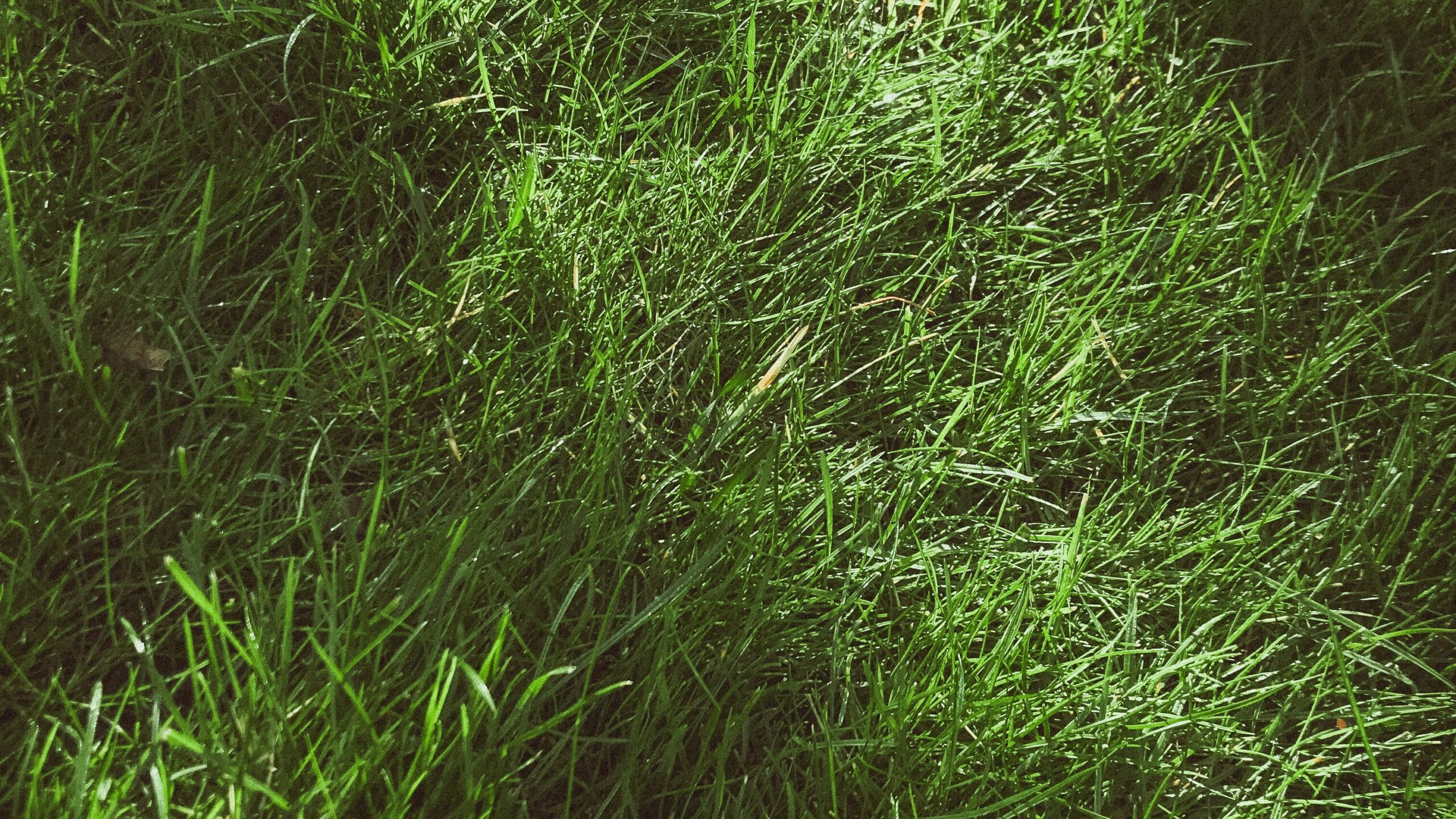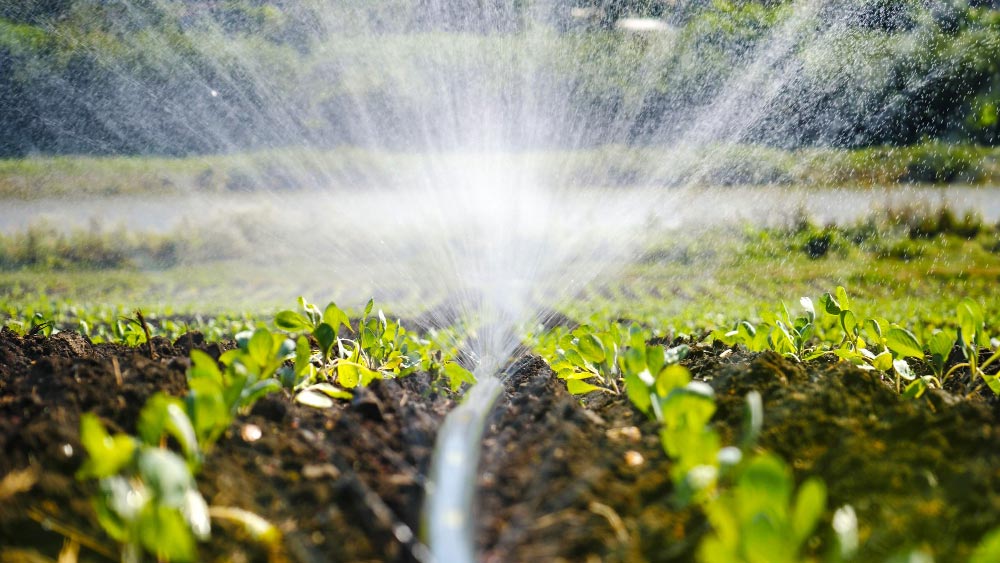Will Watering Dead Grass Bring It Back?
Are you wondering what the much-sought secret to having a gorgeous lawn back could be?
Will watering dead grass bring it back? Just like all other living things, grass depends on water for survival.

It could be challenging to spot brown grass in lawn care, though especially during hot summer and winter months, when the grass becomes dormant grass in response to harsh climatic conditions.
It’s not possible to completely revive dead grass. Still, during hot summer months, consistent watering may be vital in detecting and turning the grass’s lifeless areas into vibrant, rich green grass.
With early interventions, there is still hope of turning that dead grass back to life.
So, What Should You Do To Revive Your Dead Grass?
Water The Grass Consistently
Water is life, and watering your grass might be your only hope of bringing life to a lifeless grass.
The questions we should ask ourselves are;
Which Is The Right Time To Water Your Dead Grass
Ideally, the best time to water your grass is early in the morning (5 to 9 a.m.) and not late in the evening. Morning applications allow the water to percolate the soil into the roots, with little water lost to evaporation.
As the sun comes out and the air heats up, the freshly watered grass stays cooler. You should avoid watering grass during the hottest part of the day, between 10 a.m. and 2 p.m. This will help to minimize water loss through evaporation.
On the other hand, evening watering can leave your lawn soaked overnight with water for long hours, which increases the chances of fungal infections. It’s also important to allow 1 inch of the watered soil to dry out.
This can cause any fungal disease and any newly germinated weeds to die off.
How Should You Water Your Dead Grass?

When you water your dead grass properly, it turns it into a more robust green grass lawn. The process may seem simple to many of us, but knowing how much water is needed without over-watering is sometimes puzzling.
Generally, most lawn grasses grow best when the top 6 -8 inches of soil is moistened. To maintain that moisture level, the grass needs a least 1-1.5 inches of water a week. However, the ideal watering sessions are one to three times a week.
There are many ways of determining whether a grass lawn has a sufficient amount of water. One simple way is to use a screwdriver.
The screwdriver is shoveled 6 inches into the soil to check the level where the water has reached in the soil.
Shallow watering should be discouraged since it inhibits the grass lawn from building a deep root system for survival in hot weather. To reduce grass stress and the risk of damage caused by low water levels in cold seasons, grass lawns require the same amount of water.
All this indicates how vital water is for the survival of grasses.
What Factors Should You Consider?
Water needs may be affected by several factors including the type of grass, weather conditions, location, and type of soil. For instance, cool-season grasses, particularly fescues, require extra watering during warm seasons.
In contrast, Kentucky bluegrass needs at least 1 to 1.5 inches of water in a single application. The grass should be watered again seven days later. In warm-season grasses, they have deep roots; thus, they require 20% less water than cool-season grass during hot periods.
The watering of grass also depends on the type of soil. Different soils have different absorption and retention capacities. For example, sandy soil absorbs water quickly.
Therefore it needs less water more frequently. On the other hand, loam soil absorbs water evenly without run-off.
While clay soil absorbs water slowly, retains water for a long, and can result in a run-off. Therefore clay soil requires watering once a week.
Which Technique Should You Choose To Water Your Grass?
A proper watering technique is essential to an ecologically friendly lawn. A good technique may help you save water and mitigate against diseases and pests.
Here are several tips to consider when installing a successful irrigation system for watering your grass.
Choose The Right Watering System
Getting your dead grass to a perfectly healthy state and keeping it that way may not be an easy fit to achieve.
A working irrigation system should ensure even covering, low-angle, and low-volume sprinkler heads that minimize evaporation and have other features that provide efficiency at the highest level.
For example, if you are watering a slope, the use of a low-volume water sprinkler allows the water time to be absorbed by the lawn.
However, if the water is applied quickly, it is likely to create puddling down the slopes.
Keep A Close Eye On The Watering
This ensures that you are not creating puddling (runoff) on the lawn during water application. You may be required to remove excess thatch if the runoff is a perennial issue hindering water from reaching the roots.

Install Automatic Sensors
Depending on the local weather pattern, such as rainfall, evapotranspiration rate, and temperature, the sensor can adjust the water automatically.
For example, an automatic rain sensor can turn off the sprinkler and the timer after the rain starts.
Adjust The Watering Duration
Measure how much water the system releases by evenly spacing six straight-sided containers.
Then run the irrigation system for 20 minutes and note down the amount of water in individual containers by adding them and dividing by the number of containers to get the average.
Determine how much water is released by the system per hour by multiplying the average by three.
Reduce The Cycle
Use short watering cycles on different days to minimize runoff in areas where water runs off quickly, like in clay soils or slopes. With this technique, you schedule several shorter watering cycles on the same day, giving the water a chance to soak in between each one for at least 30 minutes.
By irrigating your lawn in short bursts, you can ensure that the soil absorbs all of the water.
Inspect The System
Fix leaks or unclog heads according to instructions by the manufacturer. Check and replace all leaking sprinklers or water-filled valve boxes.
Furthermore, it’s essential to take note of three things when examining the landscape:
- Kind of irrigation valve: It could be a double-check valve assembly or an atmospheric vacuum breaker.
- The spray heads that are used to water the plants: Impact the condition of the lawn by their positioning, pressure, and operation via the manifold and its pipes.
- The landscape itself: The location of greener grass, the presence of depressions or damp areas, and the presence of yellow or dried-out areas are all indicators of the system’s effectiveness.
Conclusion
Using water, it’s possible to turn parts of lifeless grass back to life. All you need to know is how and when a watering schedule is.
Having the right watering technique guarantees the chances of getting back your green grass lawn!